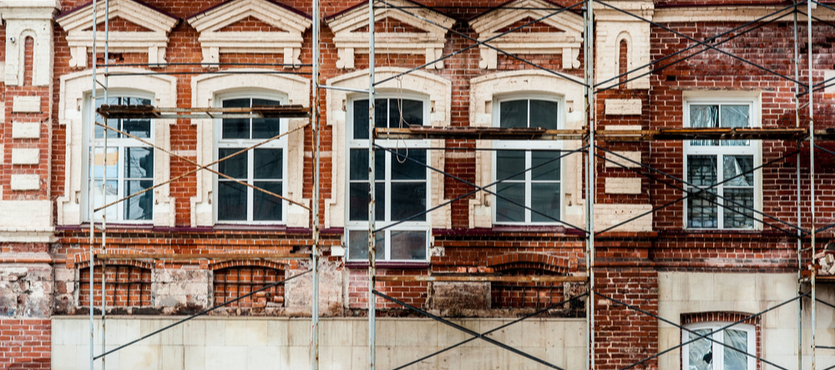Historic sites play a basic role in the success of the tourism sector. And it’s all in the historic charm and architectural marvel that draws the attention of visitors. In addition, these sites add character and appeal to a place.
Providing visitors with a pause from the modern lifestyle, it’s a special place where people can connect with history. Sometimes you need a break and time to think about your life and these sites provide that.
But it’s important to appreciate that these buildings have stood the taste of time. They’ve been exposed to the elements for many decades or even centuries. As such, they are subject to wear and tear. Since they’re beyond their prime and they’re exposed to the elements, the rate of deterioration is sometimes faster.
And that’s why restoring masonry on these sites is vital. With that said, there’re tons of reasons why we should restore the masonry on historical sites. And here are a few compelling ones:
Saves Resources
Let’s face it, the cost of building a structure from the foundation is pretty high. Not to mention, it’s time-consuming and it pauses the tourist activities in that place. Further, the structure is rich with history and structural appeal. And when you tear it down for a new structure, you’ll lose its economic benefits.
However, when you renovate it, you’ll still preserve its rich history since the old building will remain standing. Also, this step adds value to the site and improves its potential to generate income in the future.
Less Waste
Take note, when you demolish a building, you end up creating landfill wastes. And the more you do so, the more waste you accumulate in a given region. On the other hand, you can have less waste through building restoration. And this being a historic building, there’s more value in restoring it as opposed to demolishing it.
A typical building house can produce over 60 tons of waste. Because of the massive amount of waste, there’s a higher tipping fee in urban centers when disposing of these wastes. In Toronto for example, in less than 7 years the tipping fee is up by 600%.
Cultural Benefits
Some historic buildings are cultural pillars to various communities. And being there means their cultural dignity is upheld. They play an important role due to the social values that members of the community hold dear. A good example is Boston’s Trinity Church or Parthenon based in Athens. Therefore, letting these sites waste away is a great loss to the communities and the country’s economy at large.
They’re a significant reminder of the past. To the community, these are timeless assets, And it’s for the same reason they’re an integral part of tourism. And losing these sites is not beneficial to both the community and the economy in any way.
Economic Benefits
There’s hardly any cultural site without businesses operating nearby. Therefore, restoring masonry on these sites also protects the businesses around them. Other economic benefits include:
- Higher tourism
- Restoration is cheaper
- Enhances the county or municipal taxes
- Employment growth due to people employed in the restoration process
- Fosters local employment
- Less energy during restoration than in new projects
Getting Started
Well, if you need help restoring masonry on historic sites without losing their cultural values, contact Turnbull Masonry, Toronto. They’ve got years of experience in this sector with previous projects to prove their experience.
Their services on masonry include brick repair, cleaning bricks, and chimney repair in Toronto, among others. Being in this industry for over a decade, they’ve maintained a great reputation throughout. And it’s all thanks to their expertise and guaranteed services.

